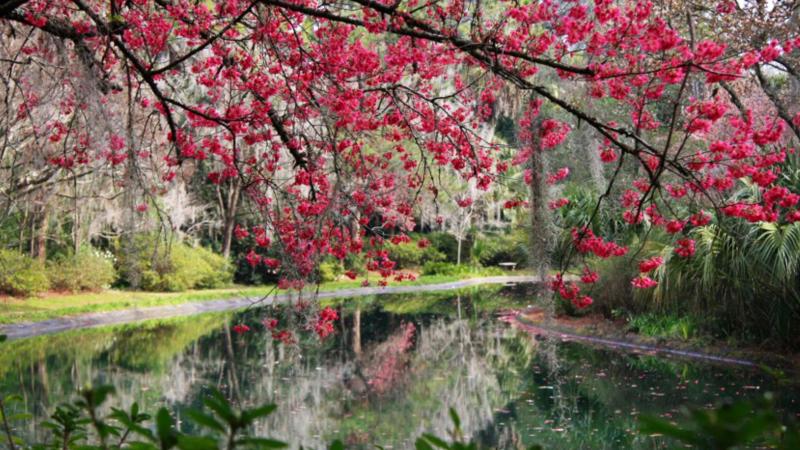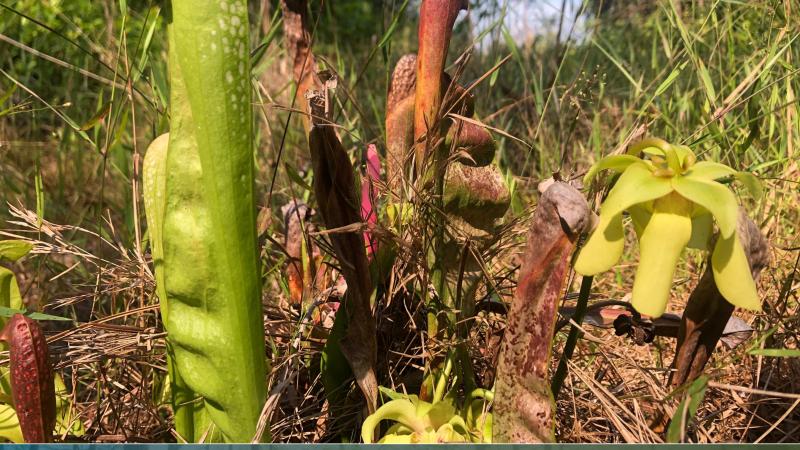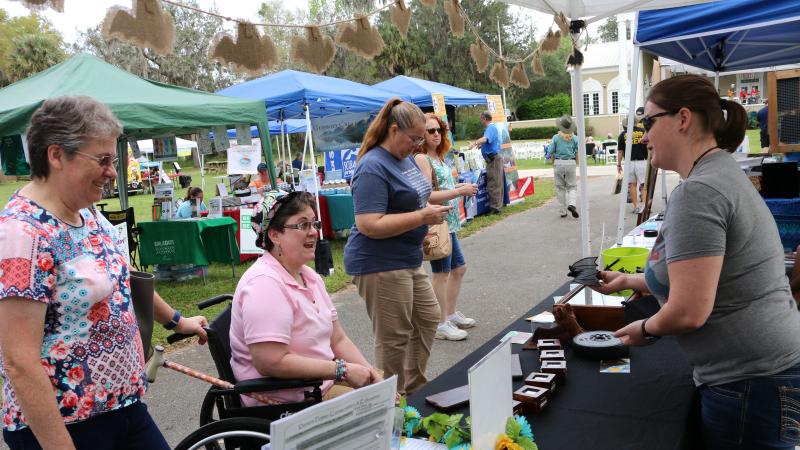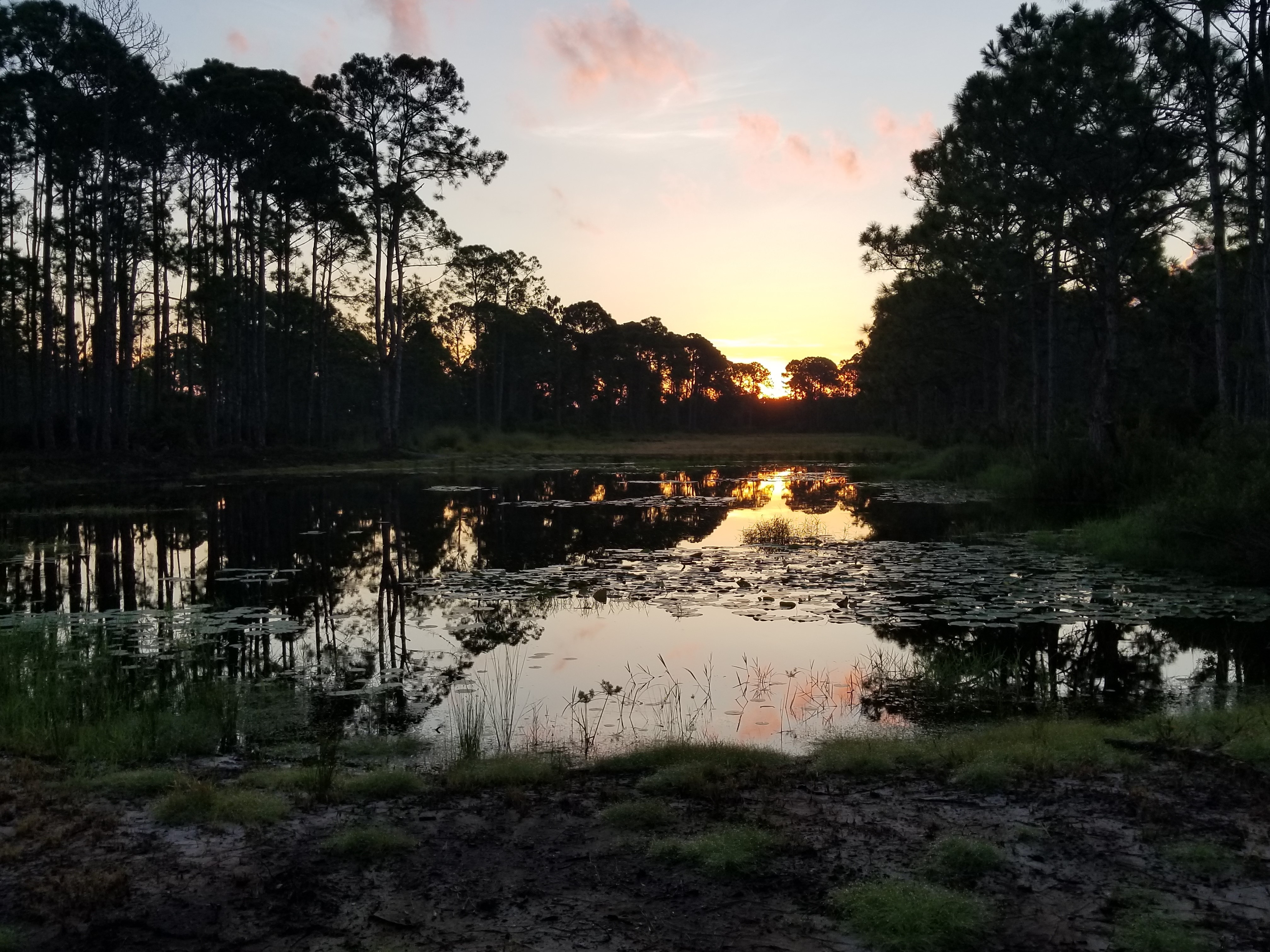
Hydrologic Restoration at Charlotte Harbor
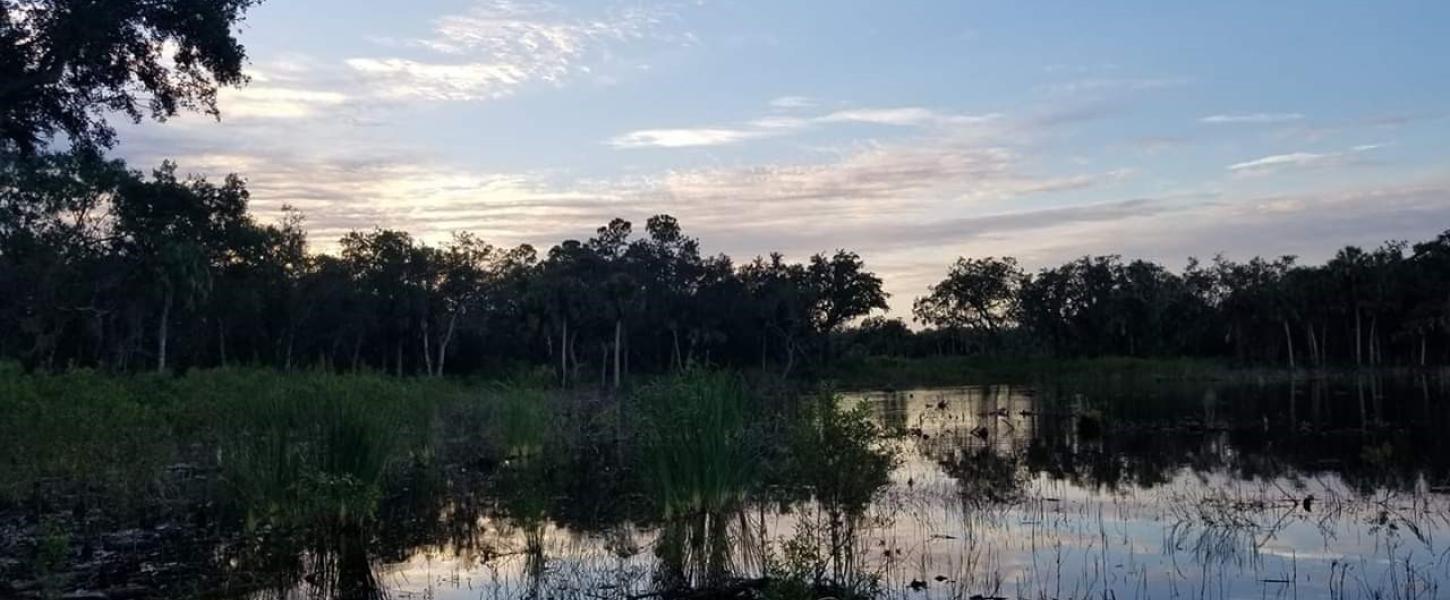
Florida is beautiful and since the middle of the 20th Century, our area has attracted intense development of farms, roads and residential development. Not coincidentally, this same time period saw the first availability of air conditioning and mosquito control!
Since much of the park is close to Charlotte Harbor it was an especially attractive area for development. However, because this land is so close to sea level, it is very wet for a significant part of the year. In order to develop this area, it had to be drained first. Many miles of ditches were dug to drain for planned housing developments, agriculture and to reduce areas where mosquito’s breed.
In the 1970s, a few long-time residents noticed that commercial and recreational fishing was seeing dramatic declines in catch rates. Others were noticing a decline in wading birds, ducks and other wildlife that need the wetland natural communities surrounding Charlotte Harbor.
At the same time, throughout the United States these same occurrences were being documented frequently enough that two landmark Acts of Congress were signed into Law. The Endangered Species Act required protection of imperiled species and their habitats.

The Clean Water Act made it illegal to pollute the waters of the United States. These made it more challenging to develop the lands near the harbor and made the land less valuable to developers.
In 1977, the state of Florida began acquiring the lands that would become Charlotte Harbor Preserve State Park. The preservation of this land was the first step in preventing the negative impacts that development and drainage had caused.
The next step was hydrologic restoration. Park staff and our partners carefully considered what previous alterations could be fixed without causing further damage, or impacting areas outside of the park. Many times it was as simple as putting dirt back in the ditch. Other cases called for more creative thinking which resulted in improved habitat for valuable fish species. In every case our main goal was to get cleaner water back into Charlotte Harbor.
As of 2019, we have restored approximately 5,000 acres of land that had been negatively impacted by alterations to the natural communities that we “Protect, Preserve and Restore.”
